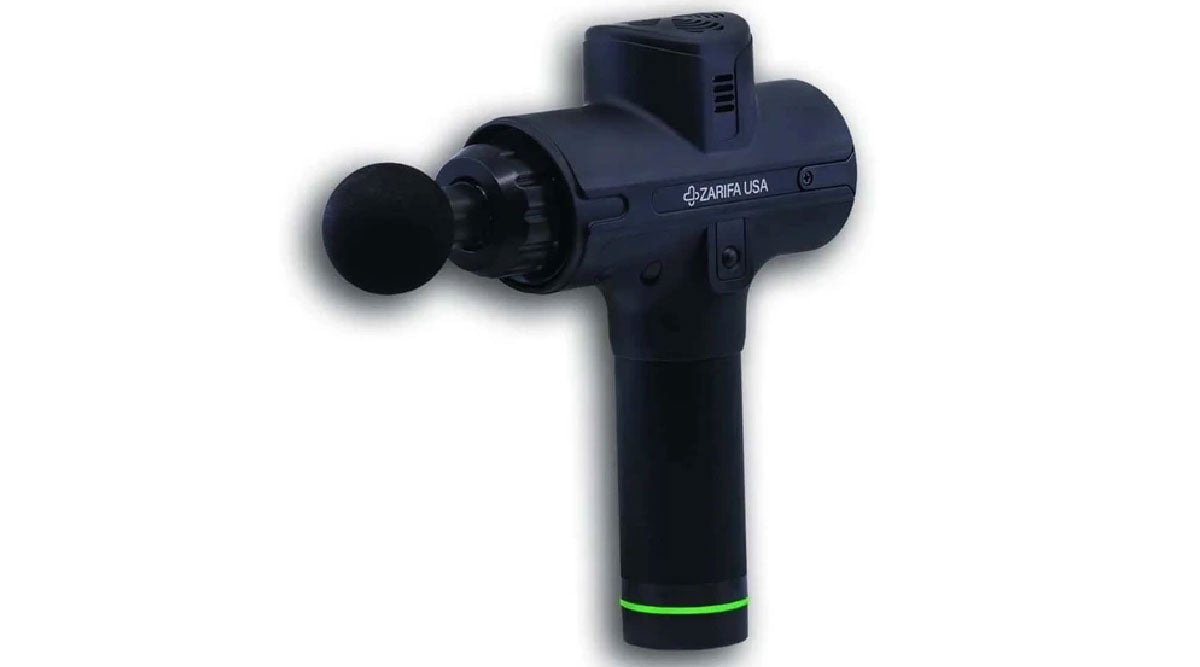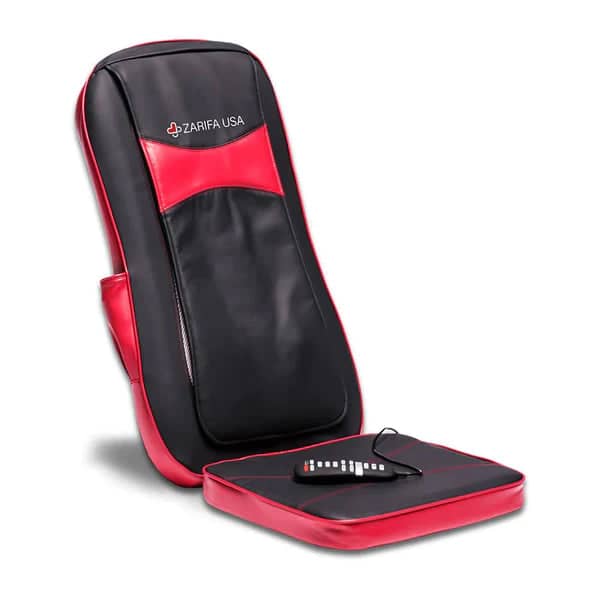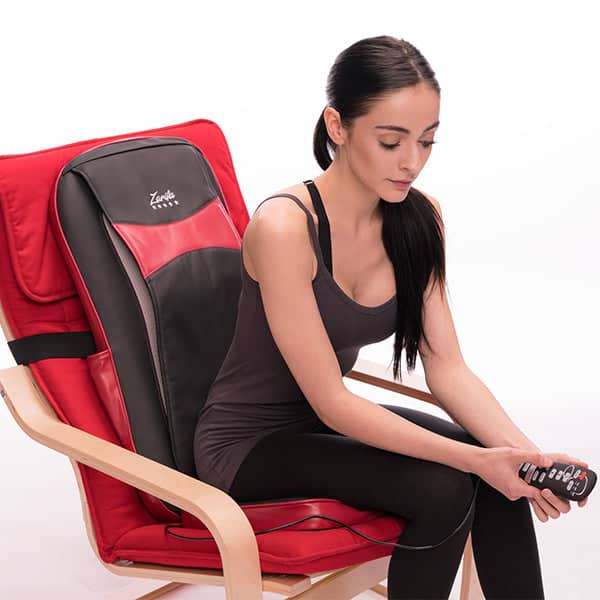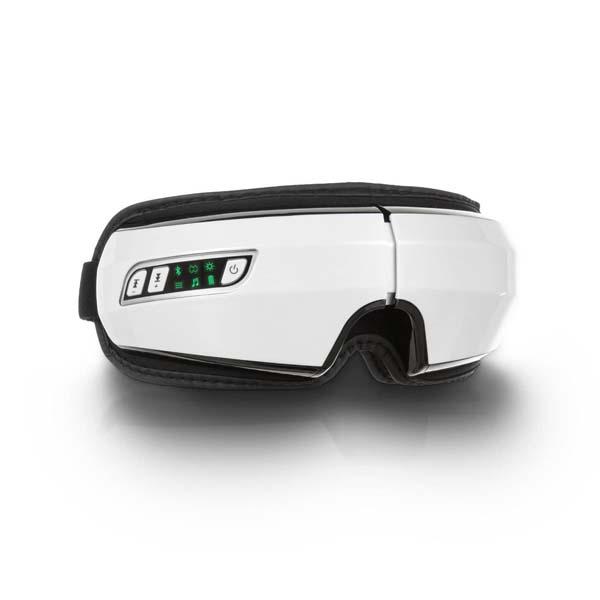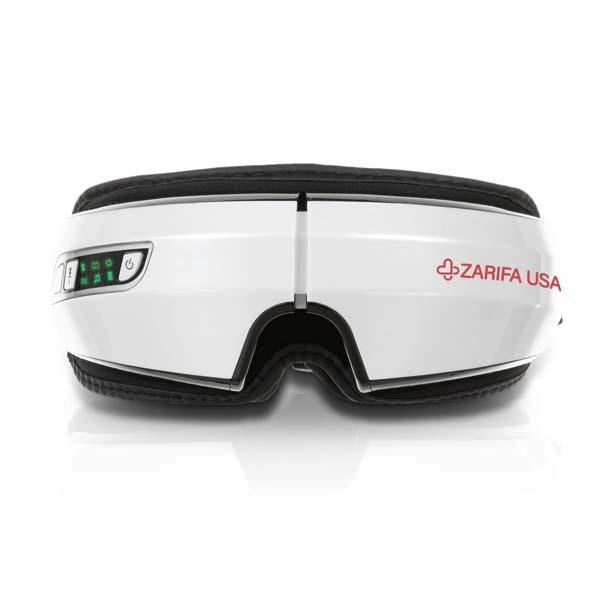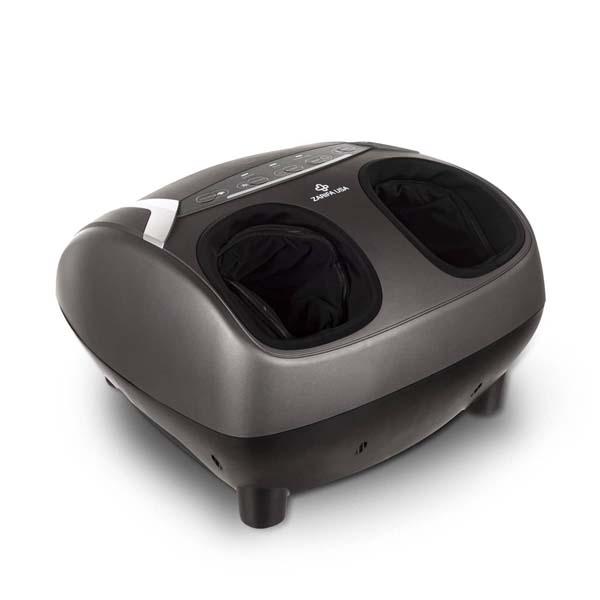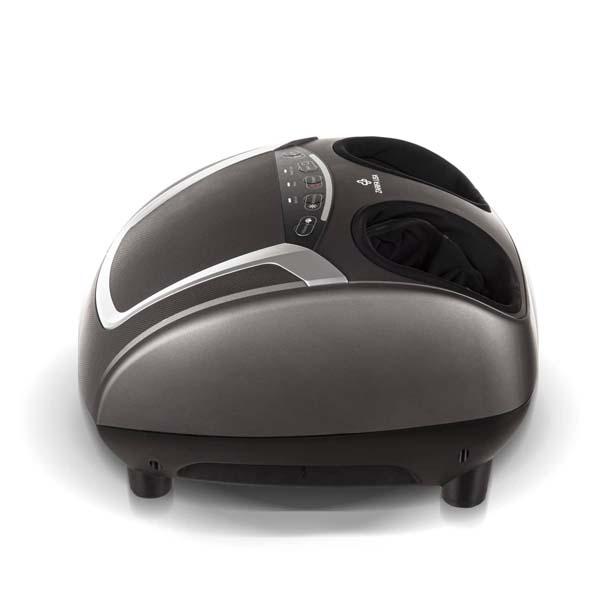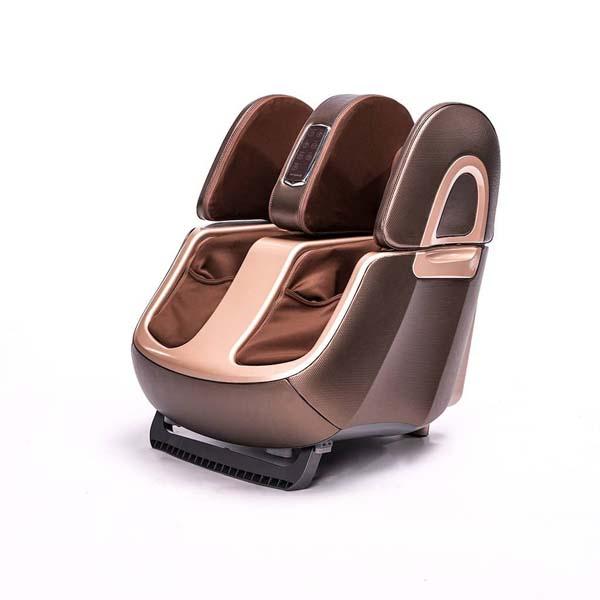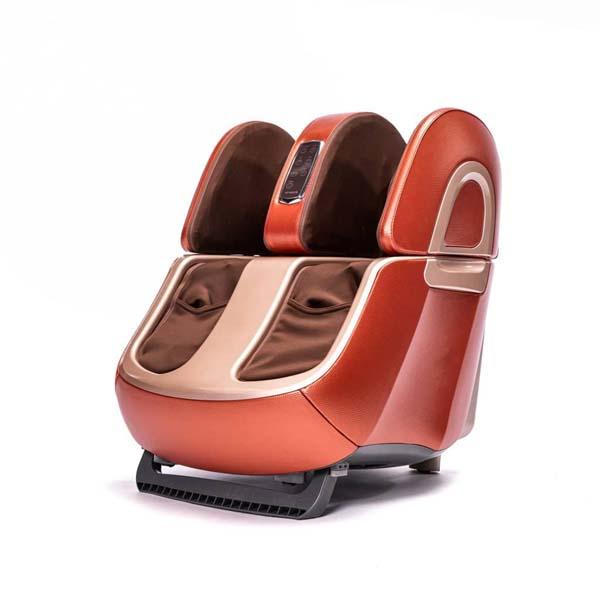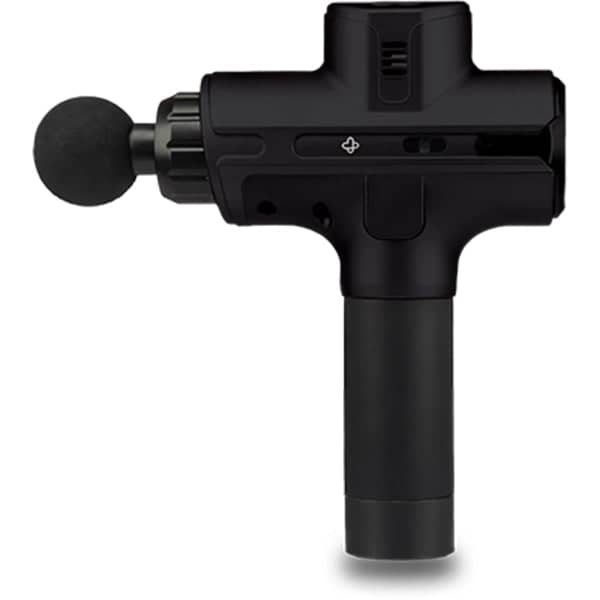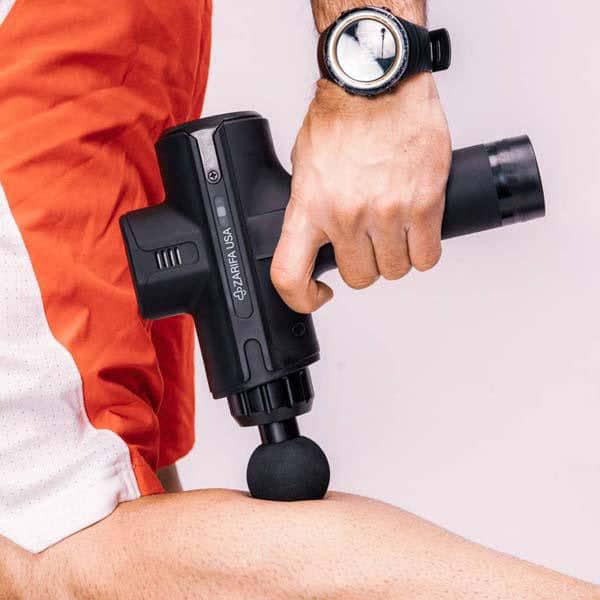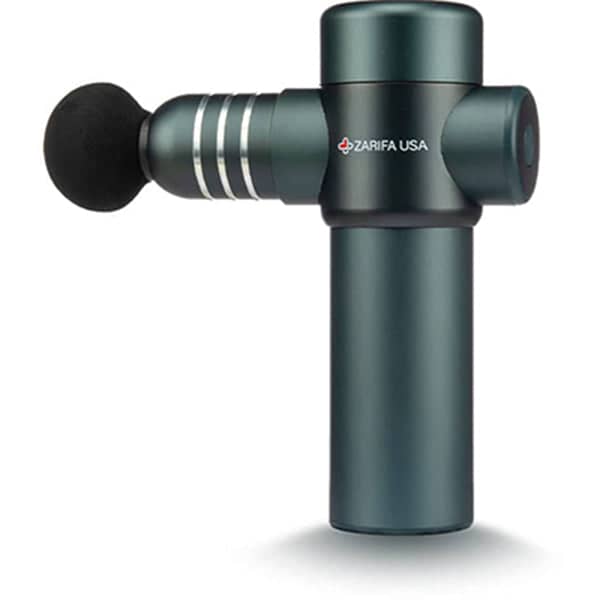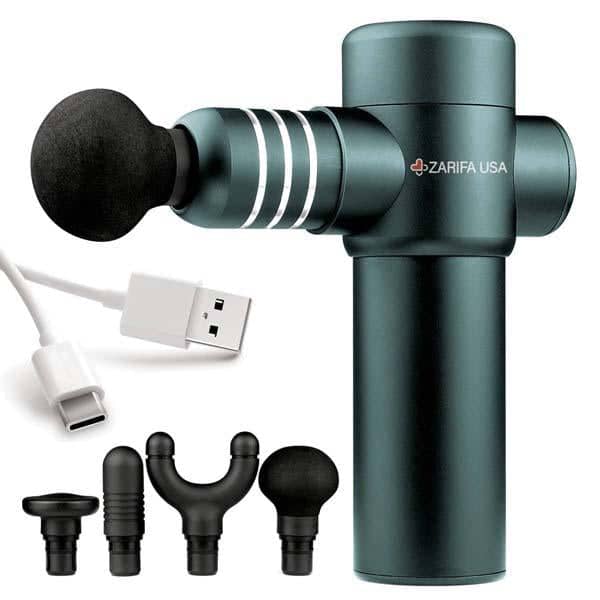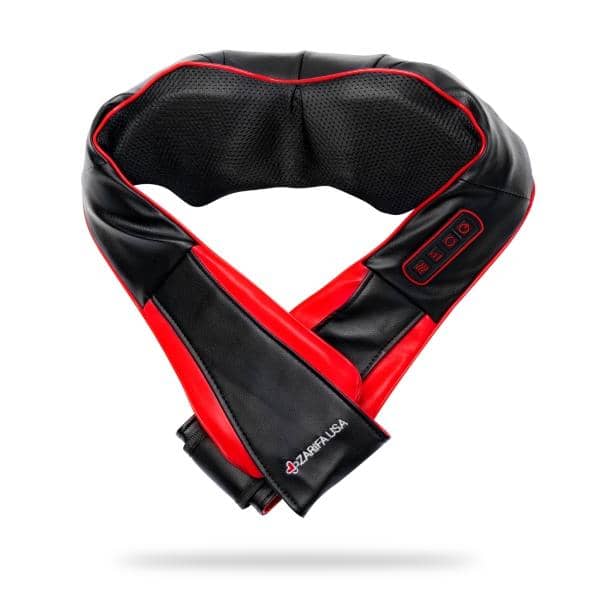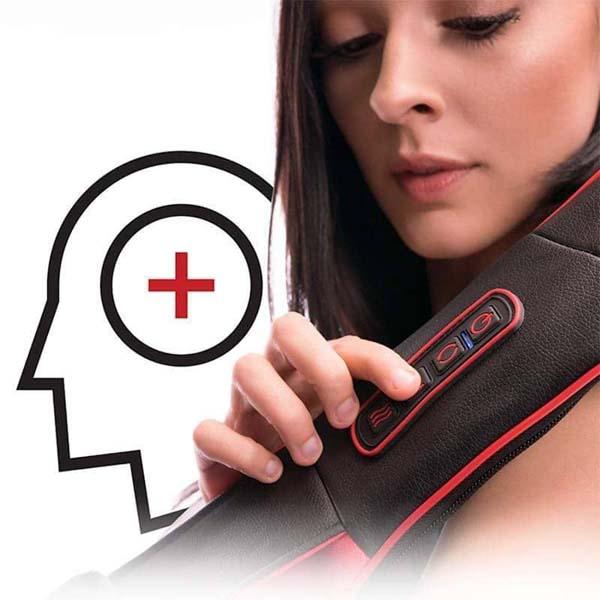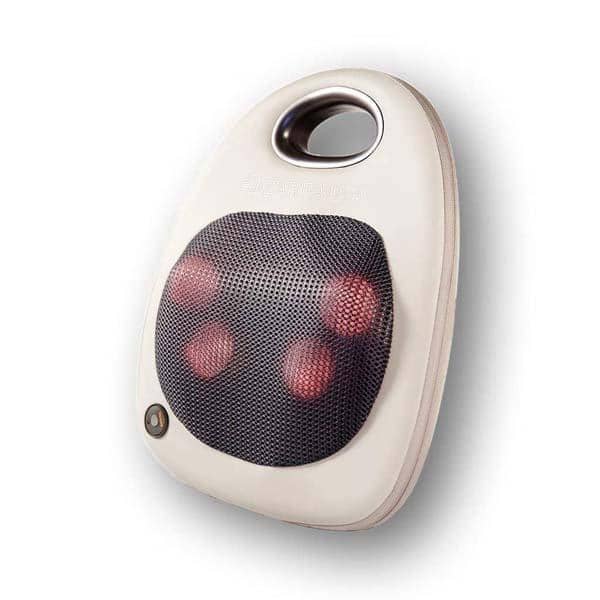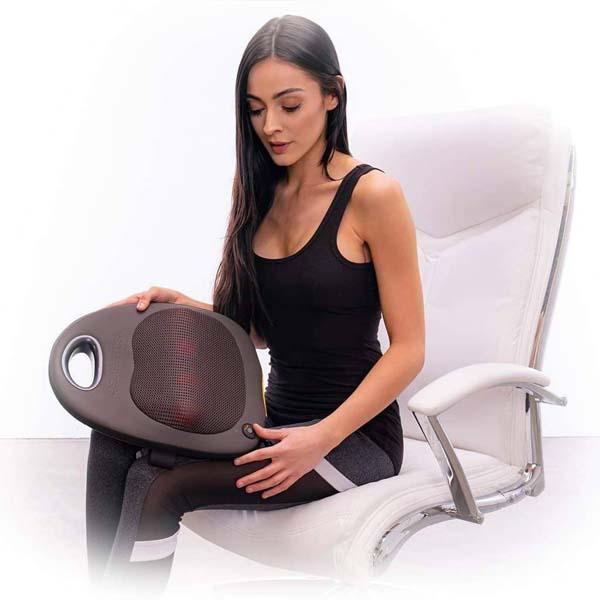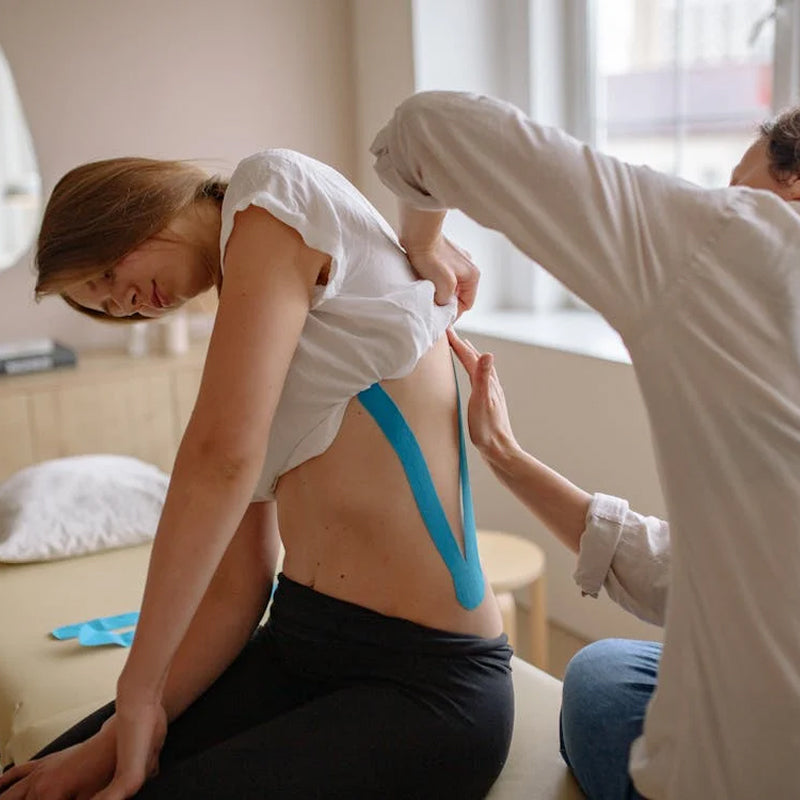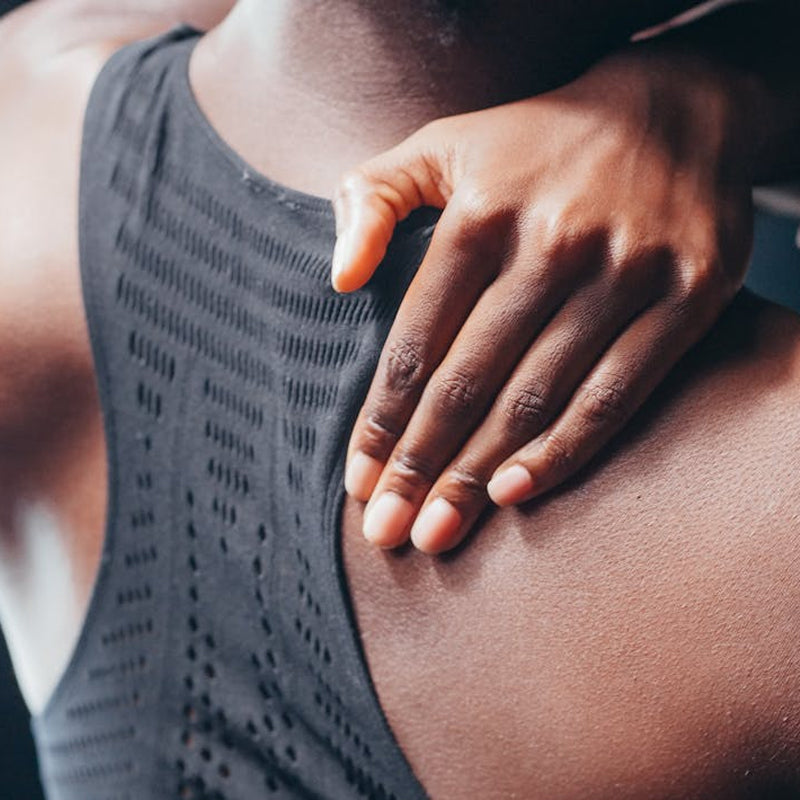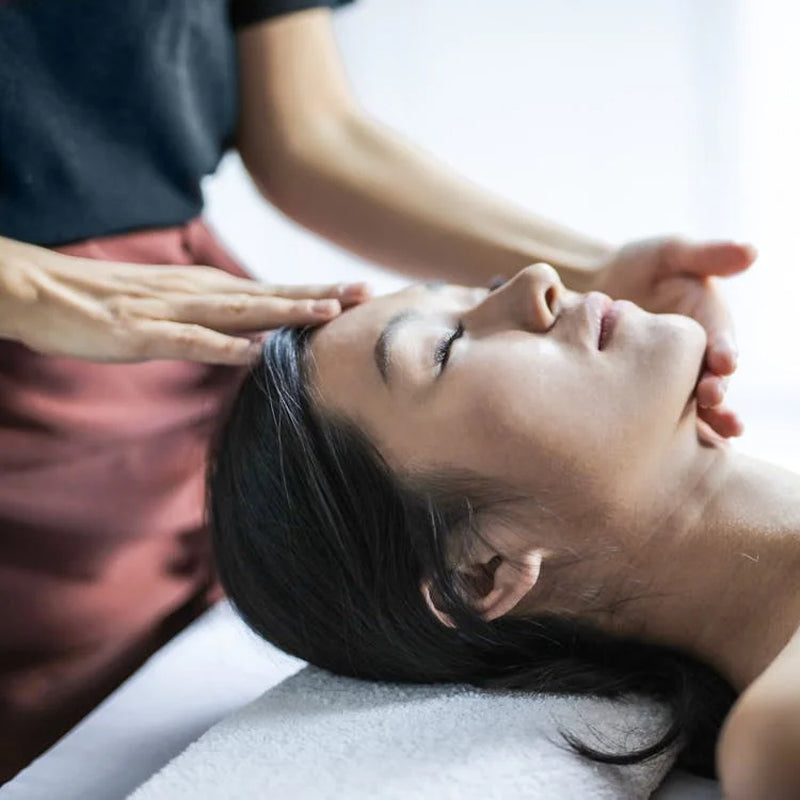You’ve seen them all over the internet and social media, and your favorite athletes, fitness pros, and even celebrities sing their praises. But is a massage gun really worth the hype? A massage gun, or percussive therapy massage gun, can help with recovery, muscle aches, pain relief and more. These electric tools usually resemble power drills, and they deliver a vigorous massage and often come with a selection of head attachments, such as balls of varying firmness and finger-like tips, which are useful for targeting different muscle groups. Additionally, many massage guns boast a long battery life, allowing for extended use without frequent charging.
But is this device just for athletes, trainers, and fitness professionals? And when is it worth investing the money to get your own? Here’s the info you really need about why the massage gun is so popular and why you should consider taking one home for yourself. Massage guns are a relatively new tool that started gaining widespread popularity recently. Many people now own their own massage guns, so what are the benefits of using a massage gun?
A massage gun isn't just for workout recovery
This tool is best known as a workout recovery device, but it was actually originally developed specifically as a pain management tool by a chiropractor. Dr. Jason Wersland created the device after suffering injuries in a motorcycle accident. Looking for an alternative to surgery or pain medication, Wersland found percussive therapy to be effective at managing challenging pain and built the first model of the massage gun himself. As a pain-relief tool, it can be helpful for a variety of complaints including tension, knots, aches, pains and of course, sore muscles. Massage guns are also able to aid in breaking up scar tissue. Scar tissue helps to repair damaged fibers in your body but does not have the same elasticity as other muscle tissues in your body. As such, breaking down this type of tissue can help with alleviating pain.
While they aren’t just for workout recovery, massage guns are great for bouncing back after intense workout sessions. A massage gun is able to deliver targeted deep vibrations to your muscles using percussive therapy, which in turn helps to improve circulation and allows for more oxygen and nutrients to enter into your muscles. This can alleviate pain and provide muscle relief, helping you recover faster; many users find the vibrational healing helps them recover from workouts much quicker.
A massage gun can help your workout performance
Using a massage gun or other percussive therapy device can help enhance your workouts and prime your body for exercise. Using the device pre-workout can help activate your muscles and increase range of motion through vibration therapy, which provides rapid pressure bursts to muscle tissue. After using a massage gun to warm up, you’ll find that your joints are more flexible and you have better blood circulation, thereby improving your range of motion.
A massage gun can help with injury recovery and muscle relief
Countless sports injuries are caused by muscle cramps and the lack of suitable recovery before the muscles are strained again. When using a massage gun to improve your blood and oxygen circulation, you can reduce the likelihood of overtraining and wearing out a muscle too fast.
If you have suffered an injury, massage guns can help you speed up your recovery and improve healing by improving circulation. Additionally, massage guns can complement treatments provided by a physical therapist, enhancing the overall recovery process. Of course, a massage gun shouldn’t be the primary or only treatment you use to recover, but it can provide significant assistance in your overall recovery and rehabilitation plan.
A massage gun is more intense than foam rolling or deep tissue massage
In terms of workout recovery, percussive therapy devices are often compared to deep tissue massages, foam rolling, or other massage guns. Since the massage gun and other percussive therapy devices have a force up to 60 pounds, they can go deeper than a foam roller or even a deep tissue massage. A powerful massage gun can deliver intense percussive force and deep penetration into muscles, making it highly effective for breaking down knots and eliminating sore muscles. Another advantage is the surface area is smaller than a foam roller, meaning it can give you targeted relief in hard to reach places.
Percussive therapy can also prevent the aches and soreness you experience from lactic acid byproduct (this is what causes the sore feeling) that can build up throughout an intense workout session. When oxygen levels are low in the body, lactic acid builds up in the bloodstream and you can have difficulties burning it off (this happens often after exercise) which can lead to cramps in your muscles. When you use a massage gun, you can help your body release lactic acid and other toxins.
A massage gun can help you sleep better and manage stress
The massage gun is called that for a reason. The device feels like an intense massage which can be extremely conducive for relaxation and stress reduction. A mini massage gun, being compact and lightweight, offers the added benefit of portability, making it convenient for use at the gym or while traveling. Even if you’re unsure if the device will help you feel less stressed, body aches and pains will keep anyone up at night. It can be helpful to try it at night before bed to help soothe aches and pains so you can fall asleep easier.
A massage gun is like having your own personal massage therapist (for less)
Regularly scheduled deep tissue or sports massages can be a significant investment in time and money. The best massage guns offer high value in terms of effectiveness and cost savings. It may cost you more upfront than a typical massage session but over time it can save you money. The average price for massage guns is $300-$600 plus (although you may be able to use your FSA!) and a single massage session averages $100. Even if you don’t totally give up your massages, having a massage gun on hand can be very beneficial for in-between sessions or daily use.
Understanding the Science Behind Percussive Therapy
Percussive therapy, the technology behind massage guns, operates on the principles of deep tissue manipulation. It employs rapid, repetitive strokes to penetrate deep into the muscle tissue, stimulating blood flow and relieving muscle tension. This method is rooted in scientific studies that validate its efficacy in reducing delayed onset muscle soreness (DOMS) and improving muscle performance.
Choosing the Right Massage Gun
When considering a massage gun purchase, it’s essential to evaluate a range of factors to ensure you get the most suitable device for your needs. Here are a few key considerations:
-
Power and Speed Settings: Look for a massage gun that offers multiple speed and power settings. This allows you to customize the intensity of the massage according to your pain threshold and the specific muscle group being targeted.
-
Attachments and Accessories: Different attachments can target different areas of the body more effectively. For instance, larger attachments are great for bigger muscle groups like the quads and hamstrings, while smaller nodes can be more effective for areas like the shoulders and calves.
-
Battery Life and Portability: If you plan on using your massage gun on the go, check the battery life. Longer battery life and portability features like a carrying case make it easier to use the device at the gym, office, or while traveling.
-
Noise Level: Since the device will likely be used frequently and in different environments, finding a massage gun that operates quietly can be a significant advantage.
Integrating Massage Guns into Your Wellness Routine
Incorporating a massage gun into your daily routine can enhance your overall wellness and not just your workout recovery. Here are some practical tips on how to integrate it effectively:
-
Pre-Workout Activation: Use the massage gun to activate muscles before workouts. This can increase your performance by enhancing blood circulation and reducing the risk of injury.
-
Post-Workout Recovery: After exercising, use the massage gun to accelerate recovery by facilitating lactic acid removal, which can help prevent soreness and stiffness.
-
Non-Workout Days: On rest days, use the massage gun to improve mobility and treat any lingering aches or pains. This maintains muscle flexibility and prepares your body for upcoming physical activities.
Testimonials and User Experiences
Gathering insights from existing users can provide a more nuanced view of the benefits and potential drawbacks of massage guns. Many users report improvements not only in their recovery times but also in their overall ability to relax and destress. Some even note enhancements in sleep quality due to the pain-relieving effects the massage gun has when used before bedtime.
Cost-Benefit Analysis of Investing in a Massage Gun
While the initial investment in a massage gun might seem high, it’s important to consider the long-term savings compared to regular professional massage sessions. A detailed cost-benefit analysis shows that with regular use, the massage gun can pay for itself in a matter of months, especially for those who previously relied on frequent therapist visits for muscle recovery.
How to know if a massage gun is right for you?
Massage guns offer many of the benefits of massage without repeated expense or the hassle of a visit to the massage therapist. A versatile massage gun can provide a wide range of settings and attachments to suit different needs and lifestyles. Additionally, a portable massage gun is perfect for on-the-go use, whether you want to bring it to the gym or need a convenient option for travel. If you work out frequently and are serious about recovery and performance, a massage gun may be a great option for you. If you’re still hesitant to buy one, you may be able to try using one at your gym, a massage therapy office, or can purchase one using your FSA dollars.
The information contained in this article is for educational and informational purposes only and is not intended as health or medical advice. Always consult a physician or other qualified health provider regarding any questions you may have about a medical condition or health objectives.

